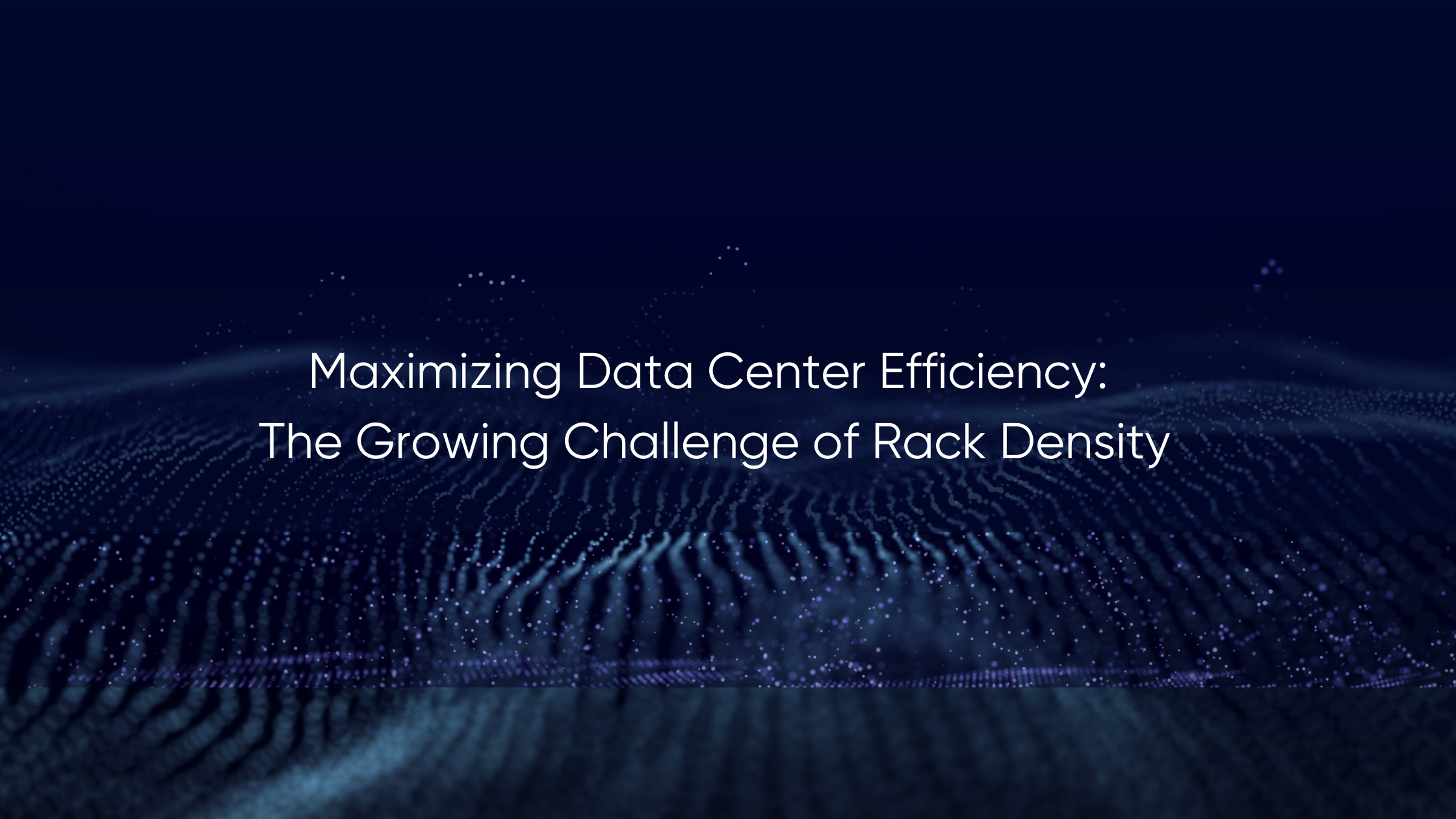This article was written by our CEO, Bill Kleyman. You can check out the original article published on Data Center Knowledge.
As the demand for high-performance computing, artificial intelligence, and cloud services continues to grow, data centers are facing an ever-increasing need to scale. One of the most significant shifts in this landscape is the dramatic increase in rack density – but even doubling rack density might not be enough to meet the demands of tomorrow’s data-driven world.
The Surge in Rack Density
Over the past few years, data center operators have seen rack densities increase at an unprecedented rate. According to recent surveys, the average rack density in data centers has nearly doubled, jumping from 7 kilowatts per rack to 13 kilowatts. This leap is driven by a combination of factors, including the rise of AI workloads, more powerful servers, and the growing need for processing large volumes of data in real time.
However, despite this increase, the data processing needs of modern applications are growing even faster. AI training models, high-performance computing (HPC), and GPU-accelerated workloads are pushing the boundaries of what traditional data center designs can handle.
More Density, More Challenges
With increased rack density come a number of challenges, especially in terms of heat generation and power management. High-density racks produce significantly more heat, and traditional cooling methods are struggling to keep up. Many data center operators are turning to advanced cooling techniques, such as liquid cooling and immersion cooling, to handle the increased thermal load.
Beyond cooling, power delivery is another growing concern. As rack power consumption continues to rise, ensuring consistent and reliable power distribution throughout the facility becomes more complex. Data centers must innovate with power management solutions to avoid overloading infrastructure or experiencing energy inefficiencies.
Cooling Innovations on the Horizon
One of the most promising solutions to address these challenges is liquid cooling. Unlike traditional air-cooling methods, liquid cooling systems are highly efficient at transferring heat directly away from the hardware, making them ideal for high-density environments. Technologies such as direct-to-chip cooling and full-system immersion cooling are gaining traction in the market, enabling data centers to support higher densities while maintaining operational stability.
Additionally, innovations in airflow management, rack-level containment, and edge computing deployments are helping operators optimize their facilities for the increasing power demands of AI and HPC applications.
The Future of Data Center Density
As the need for computing power continues to grow, data centers will have to embrace even more advanced technologies to maintain operational efficiency and meet market demand. The future will likely see racks exceeding 20 kilowatts, requiring data center operators to rethink cooling, power distribution, and facility design from the ground up.
At Apolo Cloud, we’re focused on helping data centers scale efficiently and sustainably. Our advanced AI and cloud solutions are built to integrate seamlessly with high-density environments, ensuring that our clients can meet today’s challenges while preparing for the future. Explore how our platform can empower your data center operations by visiting our website.
.svg)


